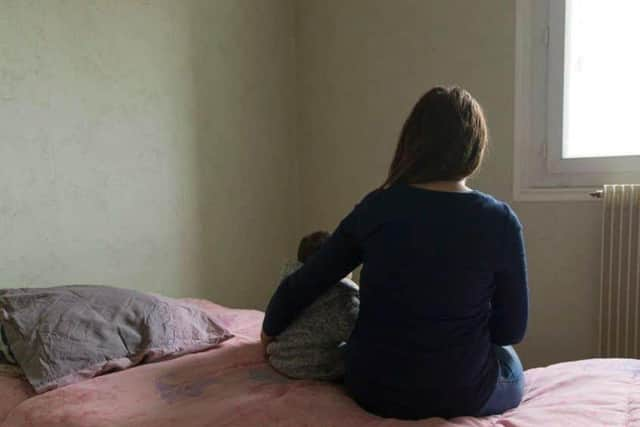Number of NI children living in temporary accommodation continues to rise due to cost-of-living crisis
and live on Freeview channel 276
The statistics show that in January 2023, over 4,200 children were living in temporary accommodation in Northern Ireland.
This included over 2800 children aged nine and under.
This is a staggering increase of 74% since 2019 when just over 2400 children were living in temporary accommodation.


Advertisement
Hide AdAdvertisement
Hide AdThe statistics show that almost 4000 households were living in temporary accommodation in January 2023 compared with nearly 2100 in 2019, showing a substantial increase of 91% of households in NI experiencing homelessness.
Between July and December 2022, almost 7,500 households presented to the Housing Executive as homeless.
This was a small increase of 1% on the same period in 2021.
Over 4500 households were accepted as homeless, a fall of 6% when compared to the same period in 2021.
Derry and Strabane Council recorded the highest rate of presentations with 6.2 presentations per 1000 people. They were followed by Belfast Council which had a rate of 6.1 and Mid and East Antrim at 4.6.
Advertisement
Hide AdAdvertisement
Hide AdNicola McCrudden, chief executive of Homelessness Connect said: “These statistics starkly highlight the ongoing homelessness crisis this society is experiencing.
"Behind these statistics are real people who are struggling to make ends meet.
"With the cost-of-living crisis, many families are struggling to pay bills and falling into arrears.
"Too many are finding themselves tipping over the edge into homelessness with all the consequences this can have for their lives.”
Advertisement
Hide AdAdvertisement
Hide AdConsiderable uncertainty surrounds the future budgetary situation for Government departments in Northern Ireland.
While it is evident that the next budget will be difficult, it is imperative that homelessness services are adequately funded and resourced.
With over 25,000 households with homelessness status on the social housing waiting list and over 4200 children currently living in temporary accommodation, any cuts to budgets for preventing and responding to homelessness will only exacerbate an already incredibly difficult situation.
The next budget should prioritise protecting and supporting the most vulnerable including those who are at risk of or experiencing homelessness.
Advertisement
Hide AdAdvertisement
Hide AdEvery level of Government here has a role in responding to homelessness.
On May 18, elections to our eleven local councils will be held.
Homeless Connect, working with member organisations, have drafted a manifesto which they will release in the run up to the election with a series of recommendations on how councils can help our society to effectively respond to homelessness.
In the upcoming local elections, we need parties to commit to positive policies and funding which will help this society provide a better response.
Advertisement
Hide AdAdvertisement
Hide AdHomeless Connect have been operational in Northern Ireland since 1983 tackling homelessness as a membership body for organisations working with people experiencing homelessness, or at risk of becoming homeless.
Whether it’s challenging policy or offering practical support, everything they do is driven by desire to see an end to homelessness.
The charity support individuals, families and organisations – connecting people and services.
They do this by working collaboratively to create a community of support, by being the voice of the sector and by delivering direct assistance to those in need.